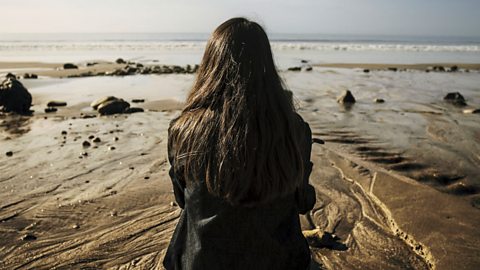More guides on this topic
- Poppies by Jane Weir - Edexcel
- London by William Blake - Edexcel
- The Charge of the Light Brigade by Alfred, Lord Tennyson - Edexcel
- Extract from the Prelude by William Wordsworth - Edexcel
- A Poison Tree by William Blake - Edexcel
- The Destruction of Sennacherib by Lord Byron - Edexcel
- Neutral Tones by Thomas Hardy - Edexcel
- What Were They Like? by Denise Levertov - Edexcel
- Exposure by Wilfred Owen - Edexcel
